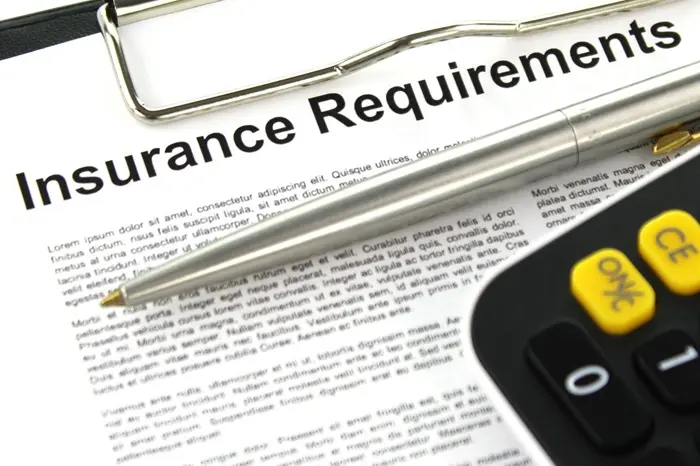Rinvoq is a prescription medication used to treat several inflammatory conditions. It is commonly prescribed for rheumatoid arthritis, psoriatic arthritis, and atopic dermatitis. The drug belongs to a class of medications known as JAK inhibitors. While Rinvoq can be highly effective, its cost can be a concern for patients without insurance.
This article explores the factors influencing the price of Rinvoq. It also provides insights into ways patients can manage expenses. The discussion is based on current market trends and available assistance programs.
Understanding Rinvoq and Its Uses
Rinvoq contains the active ingredient upadacitinib. It works by blocking certain enzymes that contribute to inflammation. The medication is approved for use in adults with moderate to severe conditions.
The most common conditions treated with Rinvoq include:
- Rheumatoid arthritis
- Psoriatic arthritis
- Atopic dermatitis
- Ankylosing spondylitis
- Ulcerative colitis
The effectiveness of Rinvoq makes it a preferred choice for many specialists. However, the cost can be a barrier for uninsured patients.
Factors Affecting the Cost of Rinvoq
Several factors influence the price of Rinvoq without insurance. These include dosage strength, pharmacy location, and manufacturer pricing policies.
Dosage Strength
Rinvoq is available in different strengths. The most common are 15 mg and 30 mg tablets. Higher doses typically cost more. The prescribed dosage depends on the condition being treated.
Pharmacy Pricing Variations
Prices can vary between pharmacies. Large retail chains may offer different prices compared to independent pharmacies. Online pharmacies might also have competitive pricing.
Manufacturer and Market Factors
AbbVie, the manufacturer of Rinvoq, sets the base price. Market demand and competition can also influence costs. In some cases, discounts or patient assistance programs may reduce the price.
Average Cost of Rinvoq Without Insurance
The retail price of Rinvoq can be high. A 30-day supply often ranges between several thousand dollars. The exact amount depends on the factors mentioned earlier.
Patients should contact multiple pharmacies for price comparisons. Some pharmacies may offer discounts for cash-paying customers.
Ways to Reduce the Cost of Rinvoq
Paying out-of-pocket for Rinvoq can be challenging. However, there are strategies to lower expenses.
Manufacturer Patient Assistance Programs
AbbVie offers financial assistance for eligible patients. These programs may provide Rinvoq at a reduced cost or even for free. Patients must meet specific income requirements.
Pharmacy Discount Cards
Some organizations provide discount cards for prescription medications. These cards can offer significant savings. They are often available through nonprofit groups or online platforms.
Government and Nonprofit Assistance
Certain government programs help cover medication costs. Nonprofit organizations may also provide grants or subsidies. Patients should research available options in their region.
Alternative Treatment Options
In some cases, alternative medications may be more affordable. Patients should discuss options with their healthcare provider. Switching to a different JAK inhibitor or biologic might be a possibility.
The Importance of Consulting a Healthcare Provider
Before making any changes to medication, patients should consult their doctor. A healthcare provider can offer guidance on cost-saving measures. They may also help with applications for financial assistance.
Potential Risks of Skipping or Reducing Doses
Some patients may consider skipping doses or reducing frequency to save money. This approach can be dangerous and counterproductive. Inflammatory conditions often require consistent medication to prevent flare-ups. Inadequate treatment may lead to worsened symptoms and higher long-term healthcare costs. Always consult a doctor before making any changes to prescribed regimens.
Comparing Brand-Name vs. Future Generic Options
Currently, Rinvoq is only available as a brand-name medication. However, like all drugs, it may eventually have generic versions. Patent protections typically last for several years after a drug’s release. Once generics enter the market, prices usually drop significantly. Patients facing financial strain may discuss with their doctor whether waiting for generics (if feasible) is an option.
The Role of Health Insurance in Long-Term Affordability
Even if currently uninsured, patients should explore insurance options for future Rinvoq needs. Marketplace plans, employer-sponsored coverage, or government programs like Medicaid may provide relief. Some insurers classify Rinvoq as a specialty-tier drug, meaning coverage varies. Reviewing formularies and prior authorization requirements can help in selecting the most cost-effective plan.
International Pricing Differences and Importation Considerations
Rinvoq’s cost varies globally due to differing healthcare systems and regulations. Some patients explore purchasing medications from international pharmacies. However, this carries risks, including counterfeit drugs and legal restrictions. The FDA does not guarantee the safety of imported medications. Patients should exercise caution and prioritize verified, legal channels if considering this route.
Conclusion
The cost of Rinvoq without insurance can be substantial. Factors such as dosage, pharmacy choice, and market conditions affect pricing. Patients have several options to reduce expenses. These include manufacturer assistance programs, discount cards, and nonprofit support.
Consulting a healthcare provider is essential before making any decisions. They can help explore the most affordable and effective treatment options. While Rinvoq can be expensive, various resources are available to help manage costs.
Patients are encouraged to research and apply for assistance programs. Taking proactive steps can make treatment more accessible and affordable.
Related Topics:
How to Get Rid of Mortgage Insurance Fha?
































